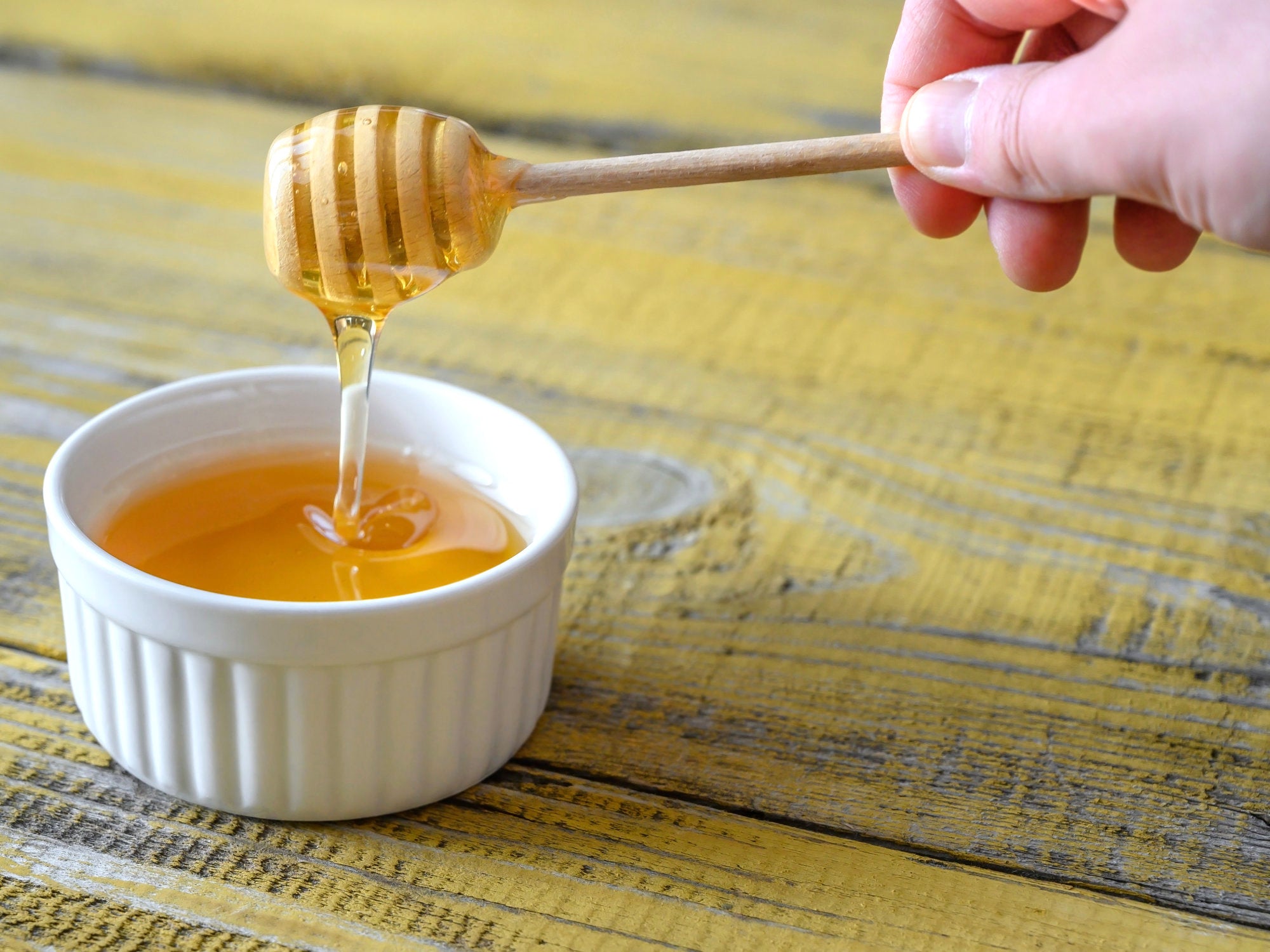
Manuka Honey on Minor Burns and Scalds
Using Manuka Honey on minor burns and scalds can be helpful in cleaning the wound and promoting tissue regeneration.
Let's recap what is manuka honey and its properties.
Manuka Honey
Manuka Honey originates from the Manuka plant which grows in New Zealand.
In New Zealand there are large hilly areas covered with Manuka plants , which give off a fragrant scent and in the flowering season the hills transform into valleys of white flowers.
The Manuka plant offers the habitat suitable for numerous animal species .
Bees obtain a honey with great therapeutic properties from the nectar of this plant.
From this plant we obtain an extraordinary product, a honey that owes its Methylglyoxal its powerful antimicrobial effect capable of supporting our immune defenses and making us stronger.
Methylglyoxal
Methylglyoxal is the active ingredient present in Manuka honey responsible for its powerful antibacterial capacity and which differentiates it from any other honey in the world.
It is not yet clear what the environmental conditions are which induce the plant to enrich its nectar with this substance.
This is still today the subject of numerous studies by many researchers.
It appears that “stresses” such as saline soils, heat, cold and constant drought of the plant favor a high content of methylglyoxal in Manuka honey.
These “stresses” induce the plant to produce high concentrations of methylglyoxal which leak into the nectar and therefore there would be no supply of enzymes from the bees.
Properties of Manuka Honey
Manuka honey is important above all for its extraordinary antibacterial and antimicrobial action.
Supports the immune system and helps prevent and fight many minor ailments such as colds, coughs... and it can also be used locally on the skin in case of dermatitis, styes in case of small burns and wounds.
In fact, it would be able to promote the regeneration of the fabrics and help healing by donating a soothing effect .
But let's find out in detail how to apply Manuka Honey in case of minor burns and scalds.
Like any wound, burns can vary in severity depending on how many layers of the epidermis are damaged by heat or fire.
In burns it is very high the risk of incurring infections , because the protective function of the skin is substantially compromised.
Apply Manuka Honey on Minor Burns and Scalds can represent a natural alternative to classic medications , but it is always necessary to consult a doctor.
In case of small burns due for example to contact with hot pans or the oven it will be necessary only apply honey to the area to be treated and apply a small bandage or even a simple plaster.
You may feel a slight burning sensation at first but it will then give way to a refreshing and soothing sensation.
For external use, the ideal is to use a Manuka Honey MG100+.
What to do in case of burns?
Manuka honey works well for burns light because it is very effective in the absence of air, in very diluted concentrations and subjected to strong heat.
A honey-based dressing does not stick to the wound and this makes less painful the change of the same.
In any case, before opting for this type of remedy it is always necessary to consult a doctor or have the opinion of authorized medical personnel.
Immediate Application of Manuka Honey on Burns and Scalds can offer many advantages:
- Prevent the colonization of pathogenic germs
- Make it easier to remove damaged tissue
- Accelerates the reconstruction of new skin layers
Burn wounds tend to ooze a lot and apply Manuka Honey It may be effective in fighting infections even in very diluted concentrations.
How to apply Manuka honey on a small burn?
First of all, you need to make sure that the wound does not come into contact with impurities by maintaining a perfect hygiene .
Initially, you can forgo the bandage as any rubbing or contact with the area could cause pain, but as soon as possible, Sterile bandaging is mandatory.
The bandage should be thick to ensure that the honey does not leak out and impurities cannot enter.
How often should I change my dressing?
During the first few days it will be advisable change the dressing very often , in more serious cases even 2 or 3 times a day.
Due to the edematous effect, that is the elimination of the accumulation of liquids in the tissues, there is often an escape of exudate and therefore the bandage gets soaked and needs to be changed more frequently.
This excessive reaction normalizes as the days go by and consequently the bandage can also be changed less frequently.
Honey also prevents the bandage from sticking to the wound. making dressing changes simple and painless .
The damaged tissue will be carried away by the dressing. promoting the healing process.
For further information, we leave you some scientific sources on this topic:
Recommended products
-
Quick shop for Manuka Honey
Liquid error (snippets/product-card line 333): product form must be given a product













0 comments